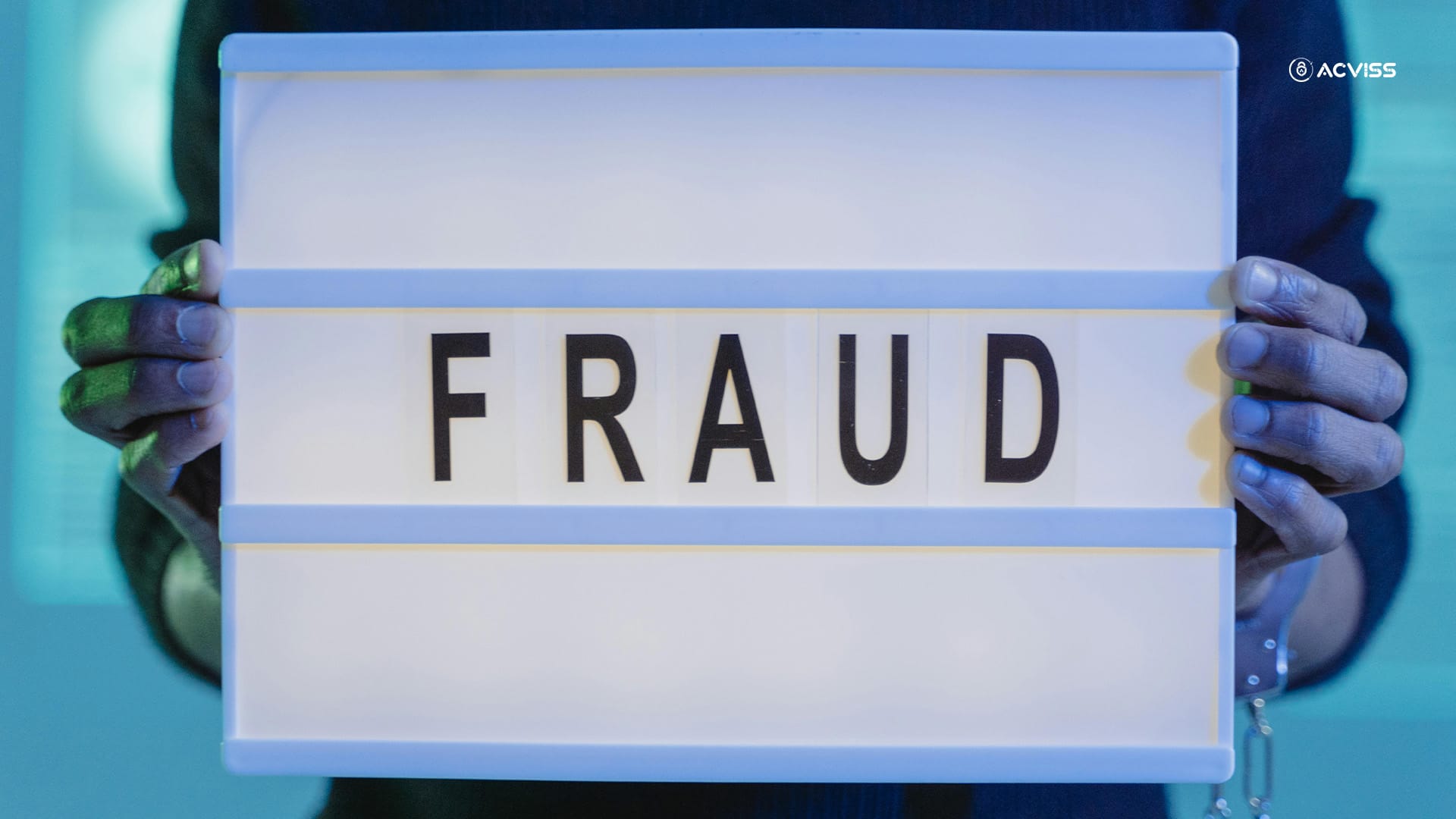Everything You Need to Know About GI Tags: Protecting Unique Products

GI tagging is important for safeguarding the unique heritage of the products associated with particular regions. Products from Darjeeling Tea to the Pashmina of Kashmir carry an essence of local traditions, skills, and environmental influences because of the GI tag. This will also conserve the heritage of such unique products while increasing market value by preventing damage to the repute of such products through their spurious counterparts. This article explores everything you need to know about GI tags.
What Is GI Tagging?
GI tagging is a mark or indication given to products originating from one particular region, essentially highlighting its unique features or qualities attributed to the origin. This tag acts as a certification of authenticity, safeguarding the product’s reputation, regional heritage, and economic value.
Important Factors of GI Tagging
1. Identifies Origin:
It is applied to products uniquely identified with a particular place of origin, like Darjeeling Tea from India or Champagne from France. The tag links the product to its origin and is accountable for its properties.
2. Legal Significance:
GI tags are conferred protection under international agreements, including the TRIPS Agreement, and in India, they are registered under the Geographical Indication of Goods (Registration and Protection) Act of 1999, providing legal protection against misappropriation.
3. Benefits through GI Tagging:
Boost Economy: The GI tag promotes traditional skills and products, which command premium prices at home and abroad.
Protection of Traditional Knowledge: GI tags maintain the traditional knowledge that otherwise gets lost to mass production.
Prevention of Brand Piracy: GI tags regulate product origin to curb brand name piracy.
Examples of Famous Indian GI-Tagged Products

Product | Region | Description |
|---|---|---|
Darjeeling Tea | West Bengal | Famous tea with a typical musky-sweet flavour. |
Kashmiri Pashmina | Jammu & Kashmir | Luxury garments made from superior pashmina wool. |
Mysore Silk | Karnataka (Mysore) | Fine silk saree with intricate zari work. |
Banarasi Saree | Uttar Pradesh (Varanasi) | Expensive, rich silken sarees with more gold and silver work. |
These GI-tagged items represent the wealth of culture and region-specific craftsmanship, thus being noticed for attention and demand globally.
Top GI-Tagged Items Worldwide
GI tagging has been used worldwide as a protection tool for products with regional identity. Some of the most popularGI-tagged products in the world include:
Agricultural Products
- Champagne (France): In the Champagne region of France, a unique sparkling wine that originated and was produced is known as champagne. It has earned its prestige in quality and taste.
- Parmesan Cheese (Italy): Italy actually names the Parmesan Cheese as "King of Cheeses". There is actually a region in Italy known as Parma and Reggio Emilia, which originated the best Parmesan cheese, that special taste, and texture.
- Kobe Beef (Japan): Kobe Beef is a well-marbled, tenderized cheese and only produced in the Hyogo Prefecture in Japan.

Handicrafts
- Murano Glass (Italy): The dainty designs that this Murano Island, Venice-made glassware produced.
- Swiss Watches (Switzerland): Swiss watches are not only the epitome of excellence in keeping time but also in crafting.
Every country has its own specific legal framework to protect GI-tagged products, while Europe is practising the European Union Geographical Indications system, and other countries are also using similar laws to protect their region-specific products.
Top Frauds Involving GI-Tagged Items in India
The great bulk of the GI-tagged items is vulnerable to duplicates of the same. In the following pages, one finds some leading cases regarding sellingGI in India:
- Kashmiri Pashmina: Inexpensive, manufactured imitation shawls are marketed as genuine Pashmina and thus hurt the Kashmiri weaver communities and their local markets' reputations.
- Banarasi Saree: The fake Banarasi sarees are manufactured outside of Varanasi and do decrease the value of this Brand, lowering down price which are charged for the original one.
- Darjeeling Tea: Fake Darjeeling Tea is the most significant problem in which tea grown in other regions is sold as Darjeeling.
Such activities are damaging local producers, destroying consumer confidence, and leading to economic losses in regions relying on such authentic products.
Top Frauds Involving GI-Tagged Items Worldwide
Internationally, GI-tagged products face counterfeiting, substantial loss, and brand dilution.
- Champagne: Wines not from Champagne but branded with the Champagne name and hence confuse the consumers, thereby hurting the very producers of authentic Champagne.
- Parmesan Cheese: Made outside Italy, particularly in the USA, parmesan cheese confuses consumers and denies income to authentic Italian producers.
The importance of GI protection through stern measures is to ensure fair competition in the marketplace and authenticate its existence.
Remedies to Stop Fraud in GI-Tagged Items

Effective solutions are the ways to protect GI-tagged products and combat fraud. Here are several ways for GI fraud prevention:
1. Government Policies
The law should be toughened, and the violating act of infringement of GI should be punished to guard the genuine GI-tagged products. For example, in India, the Geographical Indications of Goods Act prohibits fraudulent use of labels bearing GI and helps save the identity and reputation of items that are region-specific items.
2. Technology Solution
Advancing technology is crucial in confirming the product.
Track and trace solutions for GI: These track-and-trace systems track the entire journey of GI-tagged products along and down the supply chain and, thus, assure the consumer that the product he has been receiving is authentic.
QR Codes and Blockchain: Producers tag QR codes to blockchain that gives a transparent, tamper-proof record of origin of products, which enables easy verification of authenticity by the consumer.
3. Awareness Campaigns
Educating consumers on how to authentic GI products is one of the strongest weapons against counterfeits. Public awareness campaigns, workshops, and educational material educate consumers about the specific features that identify genuine GI products and enhance consumer consciousness, which reduces demand for fakes.
4. Certification and authentication labels
Tamper-proof labels, inclusive of holographic seals, are strictly required to prevent counterfeit GI products and protect the GIs. The labels enable immediate authenticity and therefore make the consumer more dependent upon such products and reduce forgery.
5. Cross-border agreements
Due to the spread of counterfeits through globalization, international collaboration is the ultimate way forward to protect GI. Agreements between two countries or among many countries under bilateral and multilateral agreements enable nations to collaborate to jointly enforce GI regulation. That assists in preventing the dissemination of fake products carrying GI markings across borders.
Upholding Authenticity
Geographical indication tags are important for the preservation of heritage, culture, authenticity of the product, and promotion of local economies. These tags empower consumers with informed choices, protect indigenous knowledge, and promote the economic growth of regions known for their uniqueness in specific products, yet contraband products continue to challenge these aims.
Want to learn more about GI tags and implementing product authentication solutions for securing your brand? Get in touch with us today and join the rank of global leaders and gain your headstart in the market!
